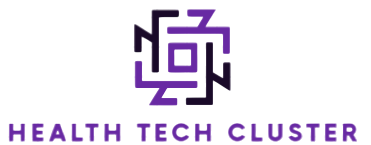Exhibitor Trade Shows 101 What Every Participant Needs to Know
Participating in exhibitor trade shows can be a game-changer for businesses, offering a unique opportunity to showcase products, connect with potential clients, and network with industry peers. However, to maximize the benefits of these events, it is crucial to understand some key principles and best practices. First and foremost, preparation is essential. Before the trade show, conduct thorough research on the event. Know the schedule, the layout of the exhibition space, and the profile of attendees and other exhibitors. This will help you plan your booth setup and determine the best strategies for attracting and engaging visitors. Also, ensure that your marketing materials, such as brochures, business cards, and promotional giveaways, are ready well in advance. The design and layout of your booth are critical to your success. Create an eye-catching and professional display that aligns with your brand identity. The booth should be inviting and easy to navigate.
Consider using high-quality graphics, interactive elements, and clear signage to draw in attendees and communicate your message effectively. A well-designed booth can make a lasting impression and help distinguish you from competitors. Staffing your booth with the right team is equally important. Select individuals who are knowledgeable about your products or services, and friendly and approachable. They should be able to engage with visitors, answer questions, and provide demonstrations or explanations as needed. Proper training for your staff on how to handle different scenarios and effectively communicate your key messages will enhance their performance. Engaging with visitors is one of the most crucial aspects of participating in an exhibitor trade show. Be proactive in approaching attendees and initiating conversations. Use open-ended questions to understand their needs and interests, and tailor your pitch accordingly. Active listening and genuine enthusiasm can significantly impact how visitors perceive your business.
Networking is another significant advantage of trade shows. Take the time to connect with other exhibitors, industry experts, and potential partners. Exchange contact information and follow up with meaningful conversations after the event. Building relationships within your industry can open doors to new opportunities and collaborations. After the trade show, it is essential to follow up on the leads and contacts you gathered. Reach out to potential clients and partners promptly to maintain their interest and continue the conversation. Evaluate your performance by reviewing feedback, assessing the effectiveness of your booth, and Aplus analyzing the results of your engagement strategies. This reflection will help you identify areas for improvement and refine your approach for future trade shows. successful participation in exhibitor trade shows requires meticulous planning, a compelling booth design, effective staffing, proactive engagement, and diligent follow-up. By focusing on these key areas, you can enhance your presence, generate valuable leads, and make the most of these dynamic marketing events.

